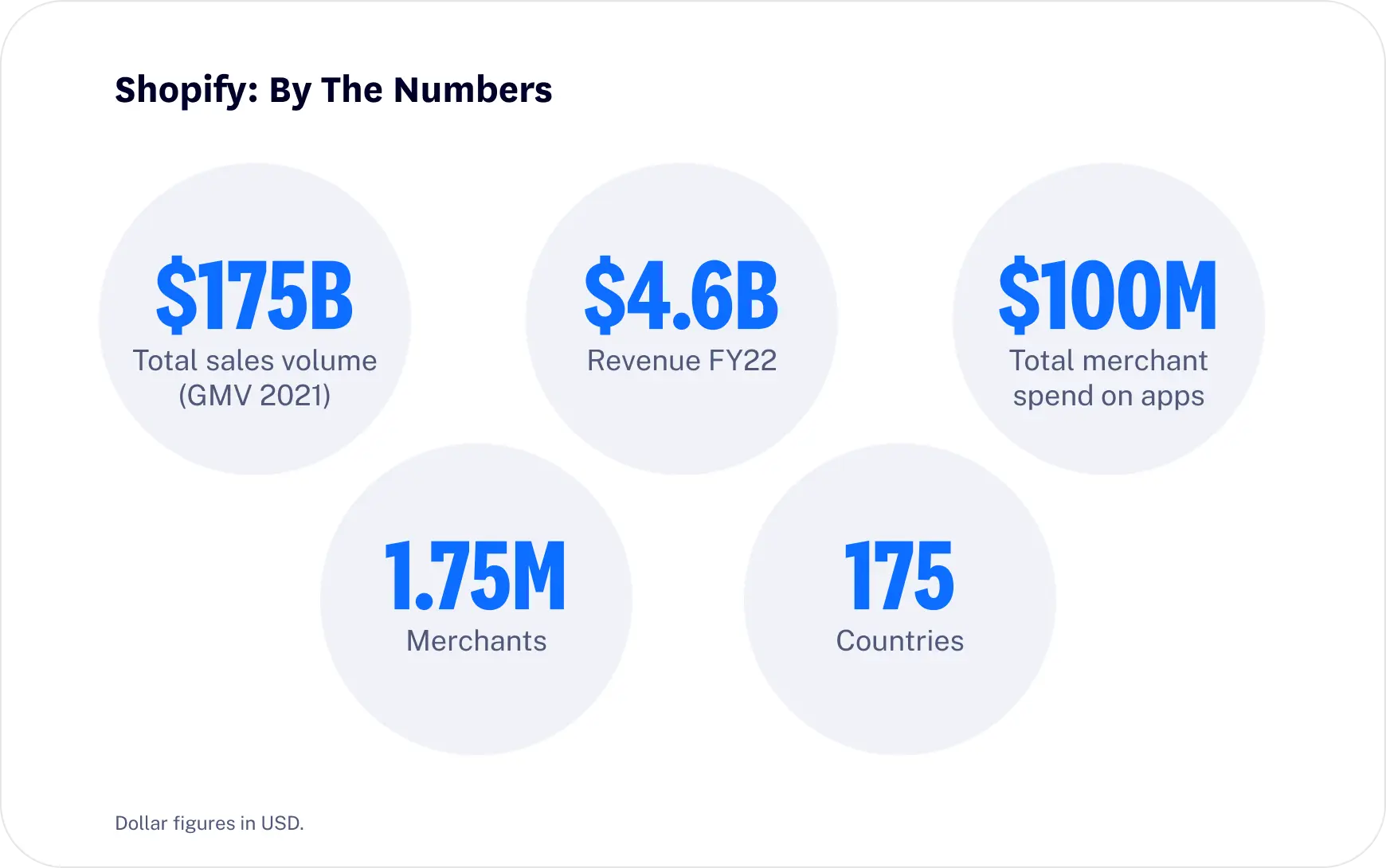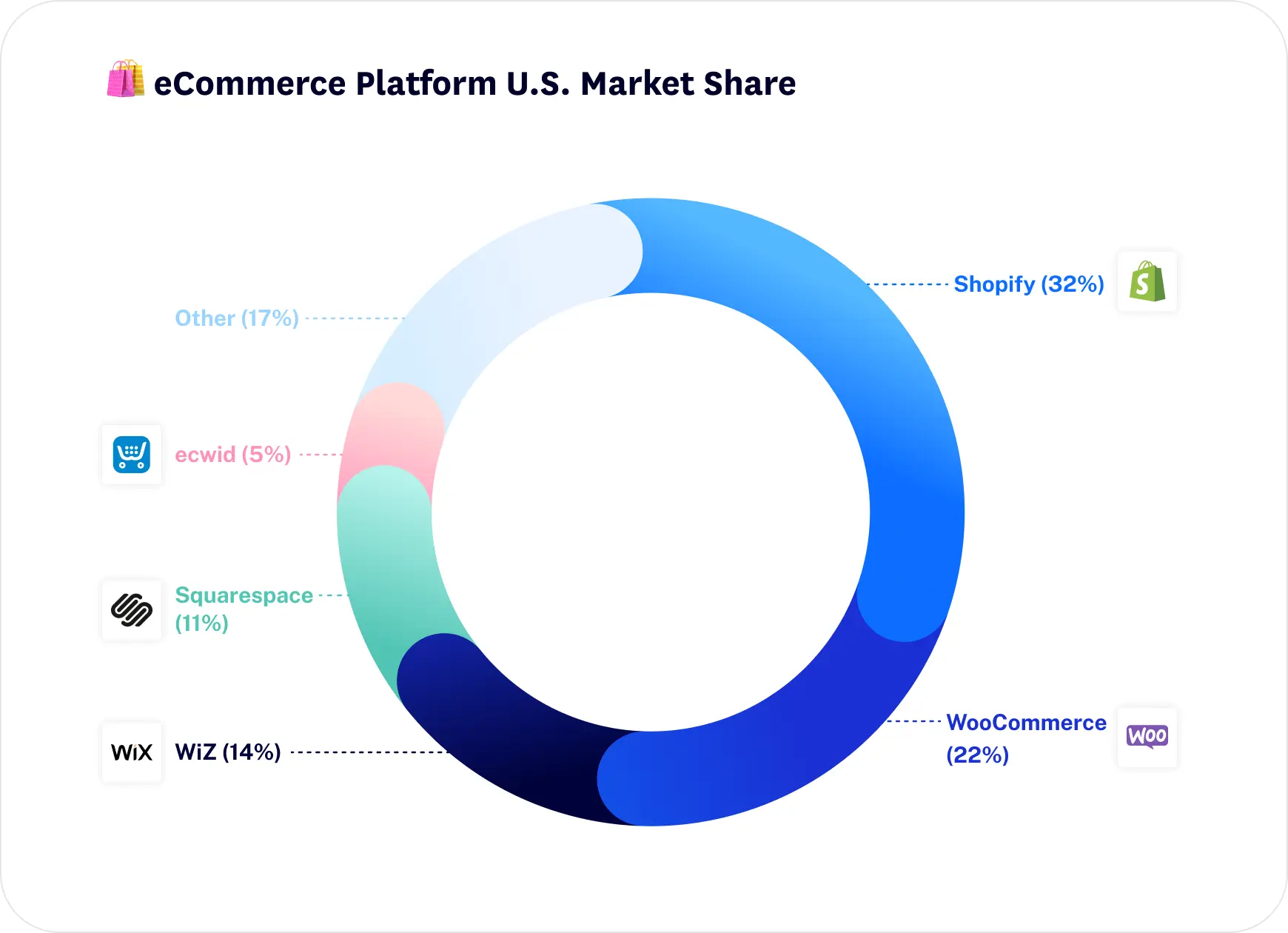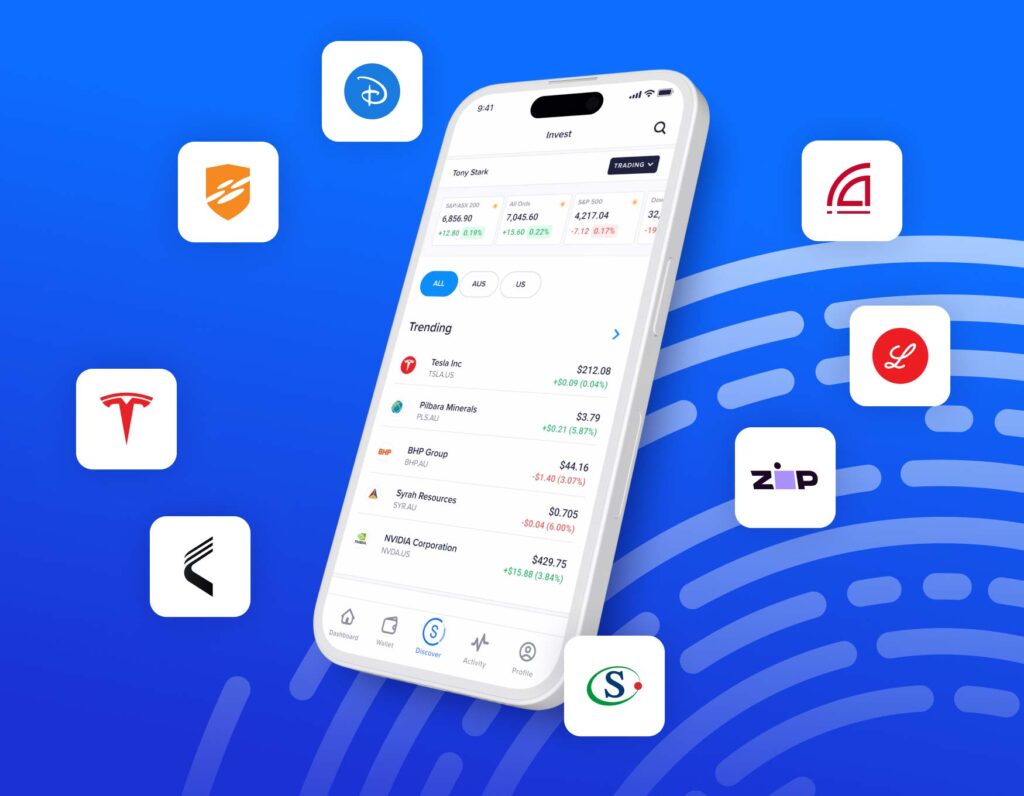Scan this article:
Shopify, one of ecommerce’s most exciting names, was born during the “dark ages” following the dotcom crash. Here’s the story of how the Canadian company became a genuine contender for Amazon’s crown.
The origins of Shopify
In 2004, three friends decided to set up their own snowboarding shop online. Called ‘Snowdevil’, the store operated exclusively online, shifting snow gear they stored in a cluttered Ottawa garage.
Coming in the immediate aftermath of the dotcom bust, the idea of ecommerce was still reasonably novel. One of the trio, a German programmer named Tobi Lütke, decided that given the shoddy alternatives available, it was better to build the platform himself.
But after a single season of selling boards, it became apparent that the digital store Lütke had designed was more valuable than the goods on its virtual shelves.
Rather than turn it into a single marketplace like eBay, Lütke and his business partner Scott Lake decided to licence the software to other businesses that wanted to sell online, empowering online stores to operate independently using the same backend platform. In other words, they dreamt of being invisible to the shopper but invaluable to the merchant who had better things to do than build their own website.
By 2006, they had scraped together $200,000 from friends and family and went to market with a product they called ‘Shopify’.
Within three years, the Global Financial Crisis (GFC) was driving millions of people to turn online to make a living, reinvigorating the nascent world of ecommerce. Fast forward to today, and that little snowboarding platform is one of the market’s biggest players, powering Tesla, Sephora, Nestle and more.

🤨 Did you know? Lake served as CEO before leaving the business in 2008. It left Lütke to run the entire company as well as be its lead developer. Unfamiliar with the world of business, he flew to Silicon Valley to meet with tech investors. After each meeting he’d go back to his hostel room and Google every one of their questions to try and figure out what they were talking about.
The opportunity
Shopify has come a long way since it began, inspiring favourable – and much kinder – comparisons to that other big ecommerce player, Amazon.
Yet it still has plenty of room to grow. Two in three Shopify merchants are based in the Americas, while less than one-fifth are European. With emerging markets making up such a small portion of the pie, there are still billions of consumers to reach.
Meanwhile ecommerce has a long way to go. Even today, only around 22 cents of every shopping dollar is spent online. Over the next four years, that figure is expected to hit 27 cents as the ecommerce market swells to US$5.4 trillion.
Today, Shopify’s largest segments are retail, apparel and fashion and computer software. But there’s no reason why others, from health and fitness to cosmetics, can’t catch up in the coming years especially as technology advances to make online shopping more interactive.
The potential adoption of VR technology for example could help enable the digital equivalent of ‘try before you buy’. The rise in voice-activated and integrated social media shopping could accelerate the trend further, with the platform already signing partnerships with Twitter and others.
To continue winning merchants, Shopify is upgrading its offering through a string of acquisitions. They include Deliverr to enhance logistics, AR platform Primer to show customers how their home renovations could look and affiliate platform Dovetale to recruit influencers.
At the same time, Shopify is moving down the business pipeline. It has begun offering loans of up to $2.5 million to small businesses on its platform in a bid to boost their sales.
Finally, it has turned its eye to the shopper, launching a consumer-facing app called Shop to funnel them towards its own merchants.

The challenge
Shopify’s success won’t necessarily come easy. It faces major competitors, from incumbent Amazon to challengers like Squarespace and Wix.
Let’s focus on the former for a minute. Amazon’s offer to businesses is clear cut: we’ll help you take care of advertising, targeting, delivery and after-sales service but in exchange we’ll swallow a good portion of your profits.
By contrast to that full service suite, Wix, Squarespace and others offer to build websites and online checkouts for less. Their offerings are also, unsurprisingly, less comprehensive. Shopify for the record upsells merchants on different services, or ‘apps’, they can then integrate to optimise sales conversions.
Separate to ecommerce stores is the pressure posed by payment providers, like PayPal and Block, which are increasingly looking beyond transactions. Block’s acquisition of Afterpay for example allows it to push further into the shopping space, aggregating brands, driving traffic to merchants and taking a cut when users split their purchases.
Beyond competitive pressures, any shopping platform is reliant on a steady stream of consumer spending. As shoppers tightened their belts earlier this year, Shopify cut 10% of its workforce.
The future of Shopify
Despite the challenges, Shopify has managed to see off a range of threats so far to position itself as a potential challenger to Amazon.
Yet Shopify is really aiming to fill a competitive niche between its rivals. Shopify’s president once said the company wants to “own” entrepreneurship, in the same way you might say Google “owns” search.
What this means is that Shopify wants to offer every single service you might need to start your own business. Not just the website and the payment portal, but the inventory, the logistics, the accounting, the capital, the marketing and more. In this sense, it might end up borrowing more from Amazon than it knows.
While he acknowledges the company’s missteps, Lütke insists Shopify will continue to make bold and ambitious bets. It will need to if it stands a chance of slaying Amazon. But investors may also need to brace for a bumpy ride.
Superhero does not provide financial advice that considers your personal objectives, financial situation or particular needs. Any advice provided is intended to be of a general nature only.

Become a part of
our investor community
Why you should join us:
- Join free and invest with no monthly account fees.
- Fund your account in real time with PayID.
- Get investing with brokerage from $2. Other fees may apply for U.S. shares.
Read our latest articles
Make knowledge your superpower and up your skills and know-how with our news, educational tools and resources.






































